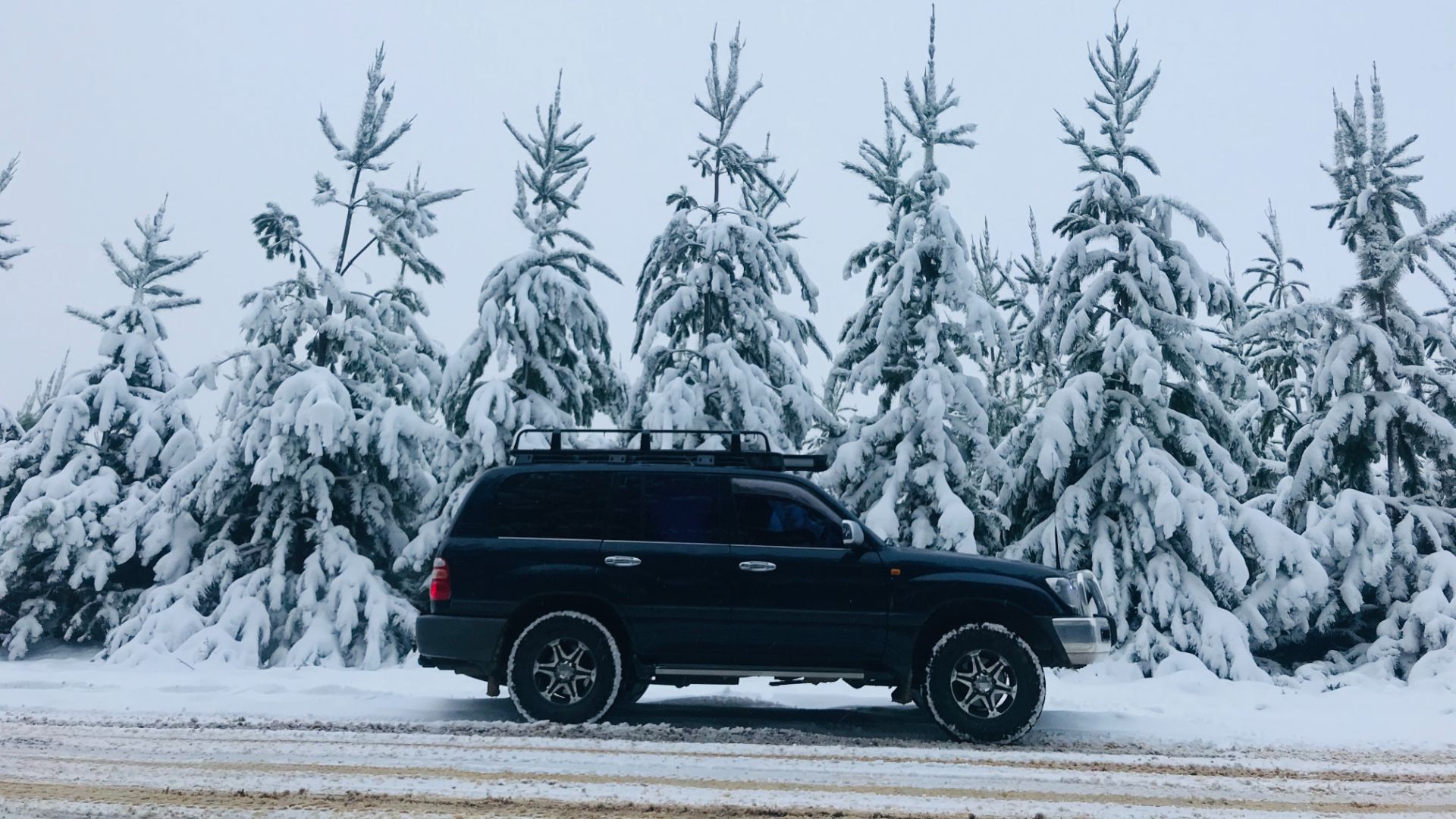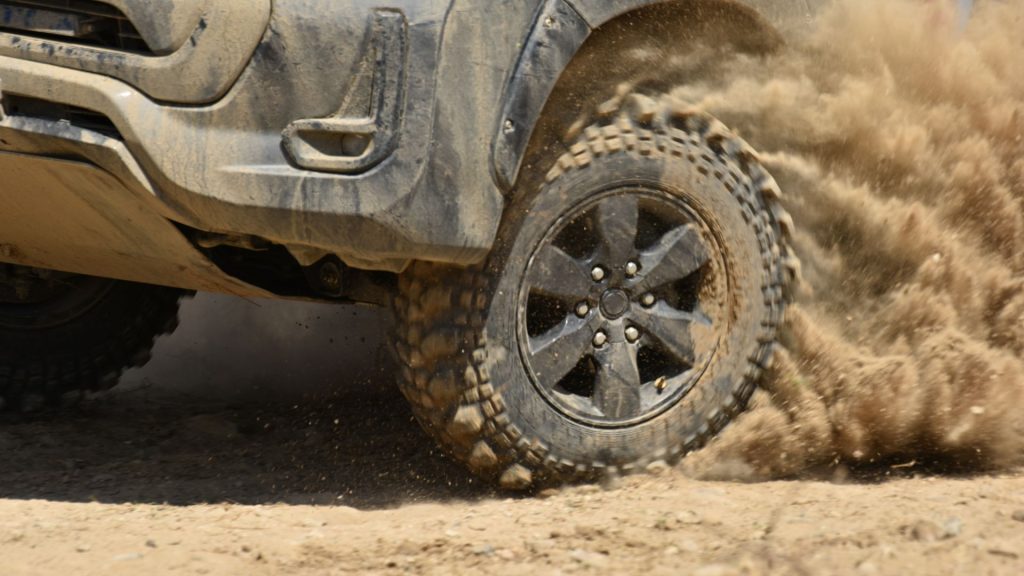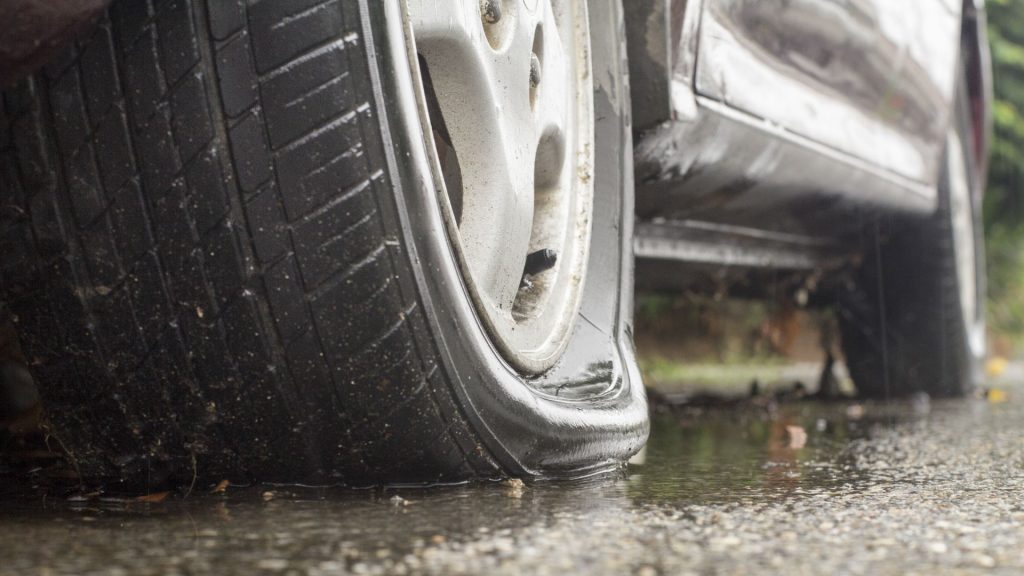How fast can you drive in 4WD High?
Discover the maximum speed achievable in 4WD High.

Vehicles with four-wheel drive are ideal for navigating challenging terrain and inclement weather conditions like snow, rain, or ice. Knowing how to operate a four-wheel drive car is essential if you own one. There are certain concerns, such as how fast you can drive in 4WD High and possibly what makes this system different from 4WD Low. Every new 4WD owner tends to ask – how fast can you travel in 4WD High?
Are you wondering how fast a 4WD high vehicle can go? No more enigmas! Here is all the information you need to know about 4WD High and Low driving. We examine the distinctions between these systems and discuss the consequences of going too fast.
For your safety and the mechanical longevity of your 4WD, it is crucial to know when it is permissible to drive fast when in 4WD High. While some driving conditions and circumstances allow 4WD driving at high speeds, others call for extreme caution.
Driving fast in 4WD High
The front and rear axles receive engine power when your car is in 4WD High. Each wheel on that axle then receives a 50% share of this, making each wheel responsible for 25% of the engine’s overall power. Since all four wheels are moving the vehicle forward, more traction is gained, improving handling and grip.
Although every auto manufacturer has its specifications, in general, you shouldn’t use 4WD High when traveling at speeds beyond 55 mph. 4WD is only engaged when there is little traction and going too fast is not safe. However, 4WD Low is typically employed at speeds of 10 miles per hour or below.
4WD High vs. 4WD Low

The gearing is what distinguishes 4WD High from 4WD Low. The car transfers engine power to the wheels using the standard transmission gearing while in 4WD High.
However, the transfer box alters the gearing and accelerates it when the vehicle is in 4WD Low. For instance, the first gear in the high range roughly equals the third gear in the low range.
Your 4-wheel drive car gives you the option of selecting 4WD High or 4WD Low. How do you determine which is best and when to use each choice? The gearing between the two is the most crucial distinction to comprehend.
In 4WD High, the vehicle powers the wheels directly, whereas in 4WD Low, more excellent traction and power are obtained through gear reduction.
4WD High mode
You can travel utilizing all gears as standard when in 4WD high mode. This setting is recommended for traveling on icy, snowy, or wet roads.
This mode is also appropriate on level roads with loose gravel, mud, or compacted sand. In summary, you’ll use this setting to maintain average speeds even when a more tractive effort is required.
4WD Low mode
4WD Low is designed to offer maximum power and traction in challenging driving situations. Only use this if the road conditions prevent you from driving faster than 10 mph. If you’re worried about damaging your 4WD, use it and go slowly and steadily.
It will be a good idea to use 4WD Low if you are engaging in any rocky type of road, where you must carefully navigate each obstacle and select a driving line. Driving an automatic 4-wheel drive car over thick, loose beach sand with a load will necessitate 4WD Low to prevent clutch damage or to lessen the risk of the gearbox overheating.
Most off-road vehicles feature settings for 2H, 4H, and 4L. When 4L is engaged, the power and torque of the 4WD are more easily accessible because the rpm almost always stays in the powerband. Like how it is done when riding a bicycle up a hill, the engine torque is multiplied more easily with the help of the gearing. More power is applied as you downshift, making it easier for you to climb the hill.
Stalling is practically unheard of in current 4WDs, and many of them come with anti-stall mechanisms that let you almost stop in gear without clutch control.
Driving in challenging situations, such as thick sand, snow, mud, crossing water, climbing boulders, and ascending or descending hills calls for the 4WD low traction mode.
Therefore, maintaining a low speed is advised when using this setting because it makes the grip more torquey and less adept at retaining the road. The wheels will spin much more slowly in this mode than in 4WD High, which is perfect for optimum traction and power.
What happens if you drive too fast in a 4-wheel drive?

You must respect certain rules when choosing the 4WD high mode, such as mostly operating the vehicle on a terrain with little traction and limiting the average speed to no more than 55 MPH. It’s similar to the matter of whether should you use the overdrive off or on.
If you follow these rules, you will ensure your safety. However, if you choose to drive fast, you must be aware of the safety dangers you will unnecessarily be exposed to.
It is therefore safe to say that some rough terrain or other conditions may make maintaining a 55 mph speed on the road challenging. However, you must be conscious that some factors are outside your control. These may include:
- A tire blowout.
- Uneven road surfaces.
- Curves that suddenly appear.
- Wild animals that cross the road.
- Sudden changes in terrain conditions.
- Deep holes covered by snow, leaves, or puddles of water.
Consequences of driving too fast in 4WD High
Driving at high speeds when in 4WD high mode impacts several driving factors, such that if you drive too fast in a 4WD high, you won’t have enough time to stop the car or slow down sufficiently to avoid all the obstructions on the road when you’re traveling at speeds higher than 55 mph. You should, either way, stick with the safe speed to drive your car for safety reasons.
We need to consider the dynamics of the vehicle and the changes it experiences during this type of handling when cornering on low-traction surfaces in 4WD high mode. Driving through curves changes how you brake and accelerate; thus, driving a 4WD vehicle at high speeds is not advisable.
For safety, we must slow down, prevent abrupt braking, and avoid taking sharp turns when driving in bends, especially when the 4WD high mode is used. The car could lose traction and veer off the road at high speed, resulting in an accident.
Does 4WD High damage the car?
When utilized correctly, 4WD High won’t damage your car. The 4-wheel drive cannot be used for purposes other than those for which it was designed. When the vehicle starts to lose traction, such as when you hit dirt, mud, or snow, you can convert to 4WD.
You risk harming the system’s parts if you operate it while making sudden turns. The drivetrain may become jammed with energy, requiring expensive repairs.
When the vehicle is in 4-wheel drive, the front and rear axles no longer rotate at different speeds when the car enters a turn. The energy will either be released as the wheels spin or bind the transfer case, neither of which is ideal.
When to engage 4-wheel drive
The most crucial guideline for using 4WD is occasionally activating the system; otherwise, you risk losing it. It degrades if the 4-wheel drive system is not used for extended periods, and the gears first become sticky once the seals have dried out. To keep the mode in perfect shape, utilize it once every few months.
Using a 4-wheel drive on dry pavement is not recommended, as it may impact your drivetrain and fuel economy. Also, the 4-wheel drive does not aid braking, so use caution. Because the mode lacks stability and braking power, accidents may occur, which is why staying under 60 MPH is ideal.
Should You Use 4WD High on the freeway?
Technically speaking, 4WD can be used on the freeway, but if we do, we must employ the 4WD high mode. We will have enough traction with 4WD high to travel safely and quickly to our destination.
Having said that, you can set the 4WD high mode on the freeway so you can navigate this terrain at standard speeds. The 4WD low option will cause you to hit high RPM while driving on the highway, but you won’t pick up pace. This condition is not healthy for your vehicle’s engine.
Can you drive in 4WD High all the time?
No, you can’t. The reason for this is that you will unavoidably cause a buildup of energy within your vehicle’s powertrain, resulting in excessive wear or even failure.
Our take
Drivers must be mindful of their speed while the 4WD High is activated for their safety. In some low-traction situations, your automobile could flip if you go beyond the posted speed limit.
When 4WD is active, the engine works much harder; thus, driving under the speed limit is safer to safeguard your vehicle’s mechanical system.
How fast can you go in 4WD high gear?
Driving at a speed of more than 55 mph in a 4WD high on slippery surfaces is not advised. Only when there is low traction on the road surface should 4WD be engaged.
What happens if you drive too fast in 4-wheel drive?
Most operator manuals advise against using 4WD above 50 mph due to the risk of damaging drivetrain components.u003cbru003e Although each auto manufacturer has its specifications, in general, you shouldn’t use 4WD High when traveling at speeds beyond 55 mph.